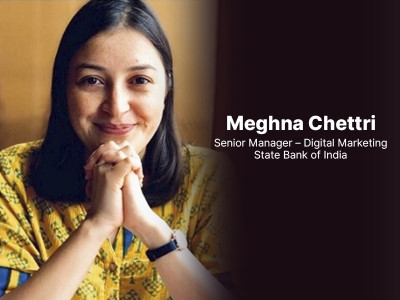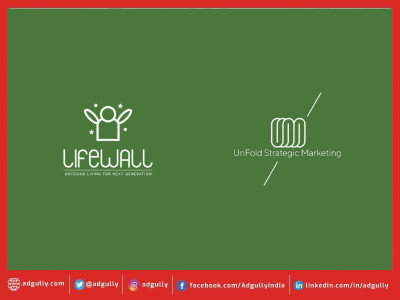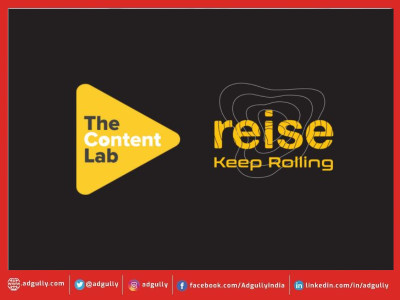Read this before rushing to make your Google People Card
Google recently launched People Card, a kind of virtual visiting card that allows people to be easily discovered. Meghna Chettri, Senior Manager – Digital Marketing, State Bank of India, breaks down the intricacies of the new Google People Card, how it works, operating in the new cookie-less world of Google and more.
Google me and you’ll know all about me!
Google already does!
The new “Google People Card” is all that’s being talked about. It’s the trending topic of the moment. It surely sounds like a fun new way to introduce yourself and pass credentials with acquaintances. A short story about who you are, what you do, what you like and other whereabouts. But is everything so philanthropic about this new cool thing?
Also read: IAS First to Integrate with Google Ads Data Hub
Here is my take on this...
I see this as strong move by Google in making a headway towards its cookie-less world. As a part of the People Cards, you’ll end up entering authentic information about yourself into the Google system. Google will then, in turn, make this a part of the ï¬rst-party data set and will be able to serve you ads even while your cookie isn’t being tracked.
Let me break down the statement a little further: While Google has basic information about its users in the form of Gmail, Search, YouTube and Chrome, as most of the platforms are logged in using Gmail. Gmail account by itself may not have all authentic information always, for example, the phone number ï¬eld associated with your email account is optional and there are no guarantees on the authenticity of the data captured via other ï¬elds, therefore, creating a large dependency on the cookie level tracking of user behaviour and interest and bucketing them for serving relevant ads in the current Google eco-system. But in a cookie-less world, Google will not be able to do this so easily! Hence, it’s imperative to have an authentic source of information available to create the data set build lookalike models and create custom buckets to serve better targeted ads.
Well, without cookies targeting and re-marketing won’t be that effective. Isn’t it?
Google is creating a better, sharper and authentic users’ pool for its algorithms to learn from and deliver an unprecedented ad and user experience. Google People Card isn’t available for desktops, but only for mobiles as it contributes to more than 90% of trafï¬c across all its platforms and, therefore, even more important to be able to serve relevant ads on the go. For People Card, a user is proactively ï¬lling all authentic data, including city, education, occupation, etc., and by doing so may be inadvertently becoming part of the first party data pool of Google. The People Card can be updated only when you login using your Google ID, reï¬ning its existing data and segmentations.
One thing Google does best is have a descriptive policy and it does have many for this product, too, your submission will go through an algorithm check and may also fall in manual review in case something is flagged.
While Google policy reads that PII information will not be used for the purpose of ad serving, please note that any of the ï¬elds in People Card by itself or in combination when not revealing your personal information to third party can be used by Google to serve ads, including your phone number.
Future will tell us how exactly things will work in the new cookie-less world of Google, but for now I am NOT making my Google People Card. But the question is, are you? Do you care?
You can always let me know!
















Share
Facebook
YouTube
Tweet
Twitter
LinkedIn